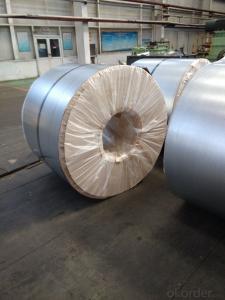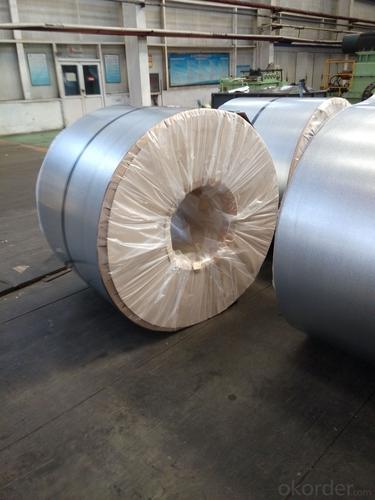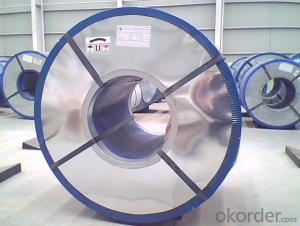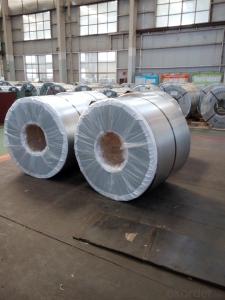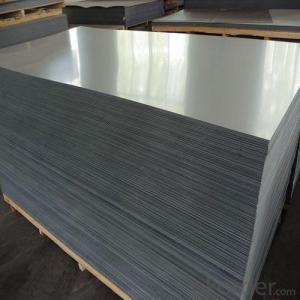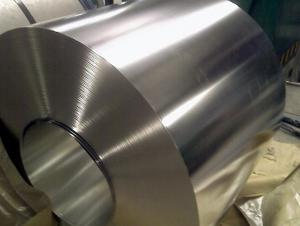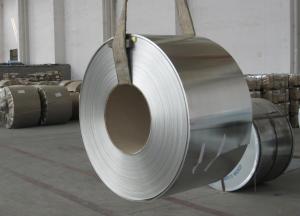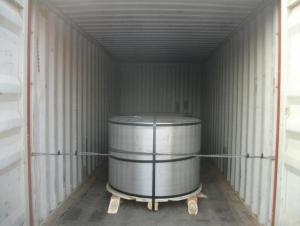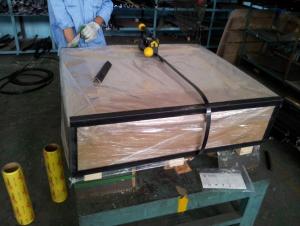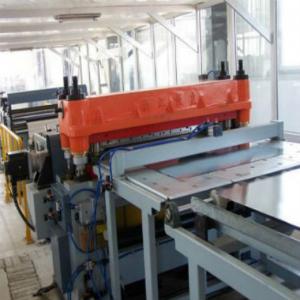Electrolytic Tinplate for Useage of Food Package
- Loading Port:
- Tianjin
- Payment Terms:
- TT OR LC
- Min Order Qty:
- 50 m.t.
- Supply Capability:
- 30000 m.t./month
OKorder Service Pledge
OKorder Financial Service
You Might Also Like
Specification
1.Structure of Electrolytic Tinplate for Useage of Food Package Description
Tin plate is a thin steel sheet coated by tin. The thin steel sheet on which tin coating is done is known as black plate. Tin has several properties which make it suitable for use as a coating on steel. It has a good resistance to corrosion in a wide range of environments and in particular retains its appearance and surface properties extremely well in indoor atmosphere. It is easily soldered and the good corrosion resistance ensures effective retention of solderability. It is safe in contact with foods, neither producing risks to health nor impairing flavours. The softness of the metal, although disadvantageous for some uses of coatings, has merit for others, facilitating cold working, giving easy running threads on fasteners and helping to seal joints. Tin coatings are applied either by hot dipping or electrolytically coated. Both processes produce coatings which have characteristics of their own. Hot dip tin coating has advantages in being metallurgically bonded to base steel and of producing a smooth bright surface. Electrolytically coating is able to produce a uniform coating of controlled thickness. With electrolytically coating steel sheet can be differentially coated. In such coating heavy side coating is usually marked.
2.Main Features of the Electrolytic Tinplate for Useage of Food Package
Appearance – Tinplate is characterized by its beautiful metallic luster. Products with various kinds of surface roughness are produced by selecting the surface finish of the substrate steel sheet.
Paintability and printability – Tinplates have excellent paintability and printability. Printing is beautifully finished using various lacquers and inks.
Formability and strength – Tinplates have got very good formability and strength. By selecting a proper temper grade, appropriate formability is obtained for different applications as well as the required strength after forming.
Corrosion resistance – Tinplate has got good corrosion resistance. By selecting a proper coating weight, appropriate corrosion resistance is obtained against container contents. Coated items should meet 24 hour 5 % salt spray requirement.
Solderability and weldability – Tinplates can be joined both by soldering or welding. These properties of tinplate are used for making various types of cans.
Hygienic – Tin coating provides good and non toxic barrier properties to protect food products from impurities, bacteria, moisture, light and odours.
Safe – Tinplate being low weight and high strength makes food cans easy to ship and transport.
Eco friendly – Tinplate offers 100 % recyclability.
Tin is not good for low temperature applications since it changes structure and loses adhesion when exposed to temperatures below – 40 deg C.
3.Electrolytic Tinplate for Useage of Food Package Images
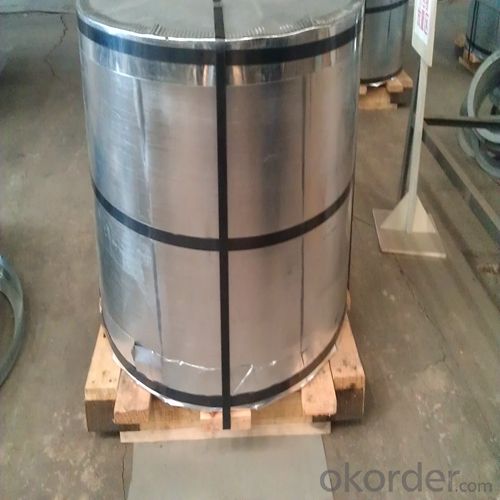
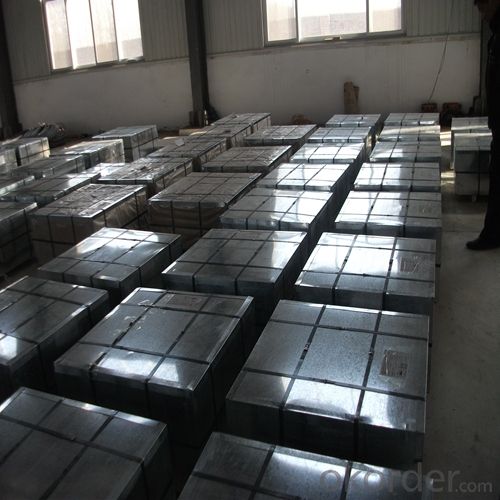
4.Electrolytic Tinplate for Useage of Food Package Specification
Specification of :
Standard: ISO 11949 -1995, GB/T2520-2000,JIS G3303,ASTM A623, BS EN 10202
Material: MR,SPCC
Thickness:0.15mm - 0.50mm
Width: 600mm -1150mm
Temper: T1-T5
Annealing: BA & CA
Coil Inner Diameter: 508mm
Weight: 6-10 tons/coil 1~1.7 tons/sheets bundle
Passivation:311
Oil: DOS
Surface: Finish,bright,stone,matte,silver
5.FAQ of Electrolytic Tinplate for Useage of Food Package
- What is tinning and how does it work?
Tinning is the process of thinly coating sheets of wrought iron or steel with tin, and the resulting product is known as tinplate. It is most often used to prevent rust.
- Do you only have prime quality tinplate?
We can supply both prime and second quality tinplate.
- Q: What are the different coating options for tinplate?
- Some different coating options for tinplate include tin-free steel (TFS), electrolytic tinplate (ETP), tin-free steel with lacquer, and organic coatings such as epoxy or polyester. These coatings provide various levels of corrosion resistance and can be chosen based on the specific requirements of the application.
- Q: What are the advantages of using tinplate for cosmetic packaging?
- There are several advantages of using tinplate for cosmetic packaging. First, tinplate is highly durable and provides excellent protection to the cosmetic products, ensuring their integrity during transportation and handling. Second, tinplate is resistant to corrosion and can withstand moisture, which is crucial for preserving the quality and shelf life of cosmetics. Third, tinplate is a sustainable packaging option as it is 100% recyclable and can be reused multiple times, reducing the environmental impact. Lastly, tinplate offers a premium and attractive appearance, enhancing the overall aesthetic appeal of cosmetic packaging and leaving a positive impression on consumers.
- Q: Can tinplate packaging be used for household products?
- Yes, tinplate packaging can be used for household products. It is a versatile and durable material that offers protection and preservation to various household items, such as food, beverages, cosmetics, and cleaning products. Tinplate packaging is also recyclable and eco-friendly, making it a suitable choice for sustainable packaging solutions.
- Q: How does tinplate compare to other types of packaging materials?
- Tinplate has several advantages over other types of packaging materials. It is highly durable, providing excellent protection for the contents. Tinplate also has good resistance to corrosion, ensuring the product remains fresh and uncontaminated. Additionally, it is lightweight and easily recyclable, making it an environmentally friendly option. Furthermore, tinplate offers a visually appealing and versatile packaging solution, with various printing and shaping options available.
- Q: What are the different methods of reusing tinplate packaging?
- There are several methods of reusing tinplate packaging, including repurposing it for storage or organization, using it as a decorative item or plant pot, transforming it into a DIY craft project, or donating it to organizations that can find alternative uses for it. Another option is to recycle tinplate packaging to be used in the production of new materials.
- Q: What is the thickness range of tinplate?
- The thickness range of tinplate typically varies from 0.13mm to 0.50mm.
- Q: What are the main differences between tinplate and tinplate laminates in terms of product visibility?
- The main difference between tinplate and tinplate laminates in terms of product visibility is that tinplate is a single-layer material made solely of tin, while tinplate laminates are composed of multiple layers, typically tin and another material such as paper or plastic. This means that tinplate laminates offer less product visibility compared to tinplate, as the additional layers can obstruct the view of the product inside the packaging.
- Q: How does tinplate perform in terms of light blocking properties?
- Tinplate has excellent light blocking properties due to its opaque nature, making it an effective material for preserving the quality and freshness of light-sensitive products.
- Q: What are the different ways to recycle tinplate closures?
- There are several different ways to recycle tinplate closures. One way is to separate the tinplate from other materials, such as plastic or glass, and then melt it down to create new tinplate products. Another method is to crush the closures into small pieces and use them as aggregate in construction materials like concrete. Tinplate closures can also be reprocessed and used in the production of new closures or other metal products. Additionally, recycling facilities may accept tinplate closures and send them to specialized recycling centers for further processing.
- Q: Can tinplate be used for consumer electronics packaging?
- Yes, tinplate can be used for consumer electronics packaging. Tinplate is a durable and corrosion-resistant material that provides excellent protection for electronic devices. It is commonly used for packaging consumer electronics such as smartphones, tablets, and small appliances.
Send your message to us
Electrolytic Tinplate for Useage of Food Package
- Loading Port:
- Tianjin
- Payment Terms:
- TT OR LC
- Min Order Qty:
- 50 m.t.
- Supply Capability:
- 30000 m.t./month
OKorder Service Pledge
OKorder Financial Service
Similar products
Hot products
Hot Searches
Related keywords
